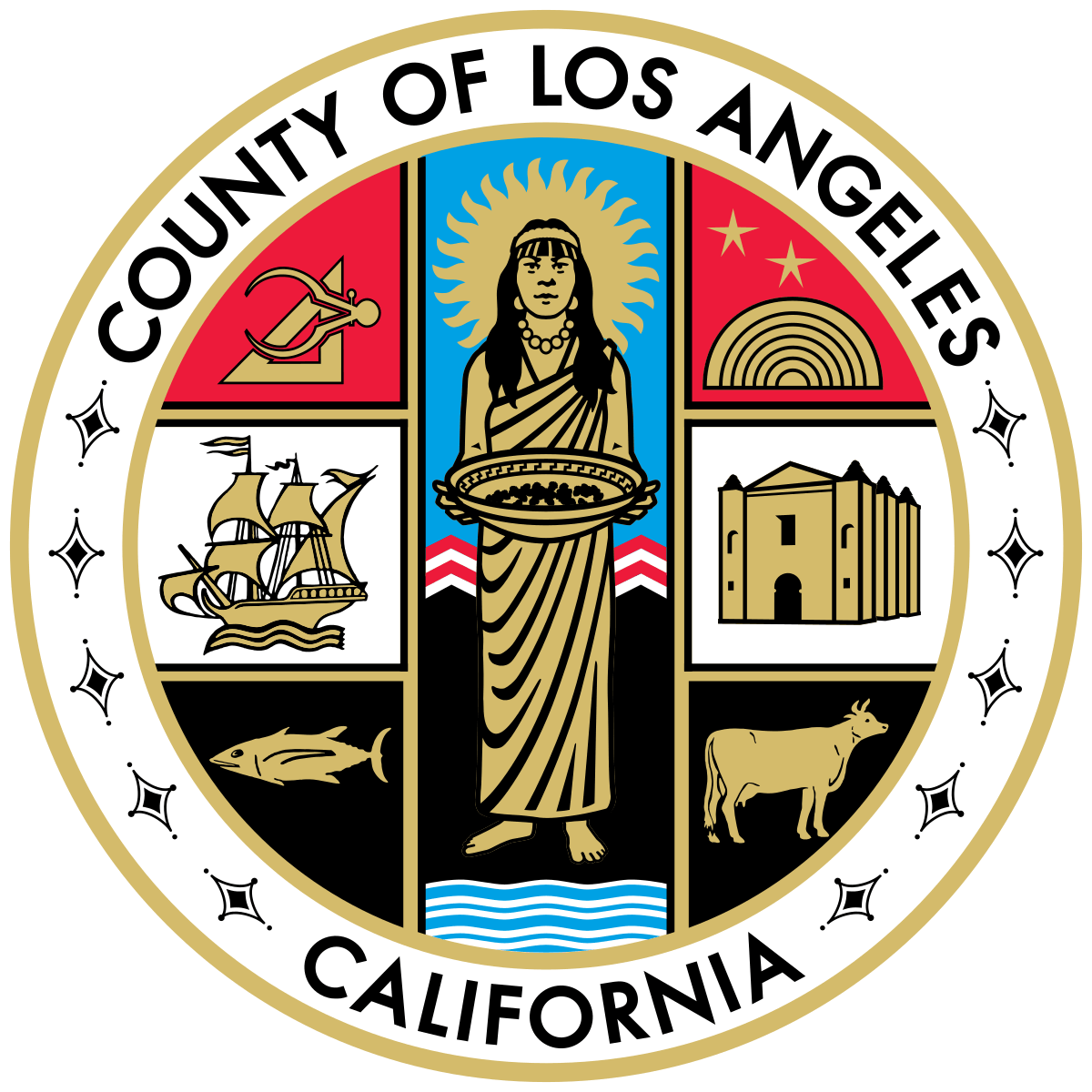Overview
Los Angeles County is committed to expanding access and inclusion across its park and trail systems. While many trails provide scenic and recreational value, most are unpaved and located in rugged environments that limit their accessibility for some users, particularly those using wheelchairs or powered mobility devices.
This FAQ provides important information about what to expect when visiting County multi-use trails, how mobility devices are addressed, and what efforts are underway to improve outdoor access for all.
Frequently Asked Questions (FAQ):
Are County multi-use trails wheelchair accessible?
Most County multi-use trails are natural surface dirt paths with varied terrain, steep slopes, and uneven conditions and are not considered wheelchair accessible.
Why aren’t these trails accessible?
Many trails are located in rural, semi-rural, and natural open space areas. The terrain, topography, and environmental conditions often make it impractical or environmentally disruptive to construct trails to full Americans with Disabilities Act (ADA) specifications. Federal and state guidelines recognize that such trails may be exempt from full accessibility requirements.
Is the County doing anything to improve trail accessibility?
Yes. While most existing trails cannot be fully retrofitted, the County is actively exploring ways to improve trailhead accessibility, parking, signage, and other support features. Where feasible, new trails or trail segments may incorporate universal design principles to enhance access.
What is the County’s accessibility policy?
The County follows a 2011 Interim ADA Nondiscrimination Policy, which ensures all individuals have access to programs and services. While full ADA compliance is not required for unpaved trails, the County prioritizes accessibility in facilities, trailheads, and developed park areas.
Can I use a powered wheelchair or scooter on County trails?
Yes. In accordance with the ADA, people with mobility disabilities may use Other Power-Driven Mobility Devices (OPDMDs) on trails. However, due to the unpaved and natural condition of most trails, users should exercise caution and understand they do so at their own discretion and risk.
What are OPDMDs?
OPDMDs are defined as powered mobility devices used by individuals with mobility disabilities, including motorized wheelchairs, scooters, and other devices not primarily designed for outdoor trails. These are distinct from recreational vehicles like e-bikes or off-road ATVs.
Are there accessible outdoor alternatives?
Yes. Los Angeles County offers many accessible parks, paved walking paths, nature centers, and interpretive areas that are designed for people of all abilities to enjoy nature, connect with others, and experience the outdoors safely.
